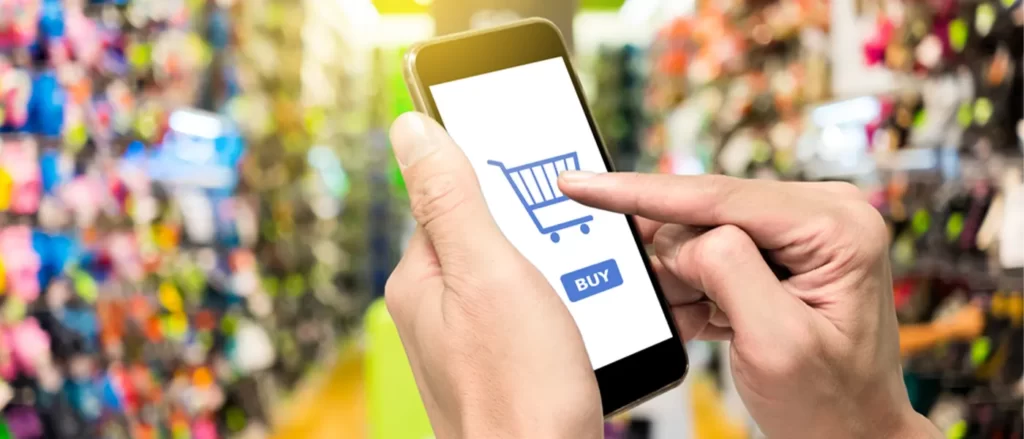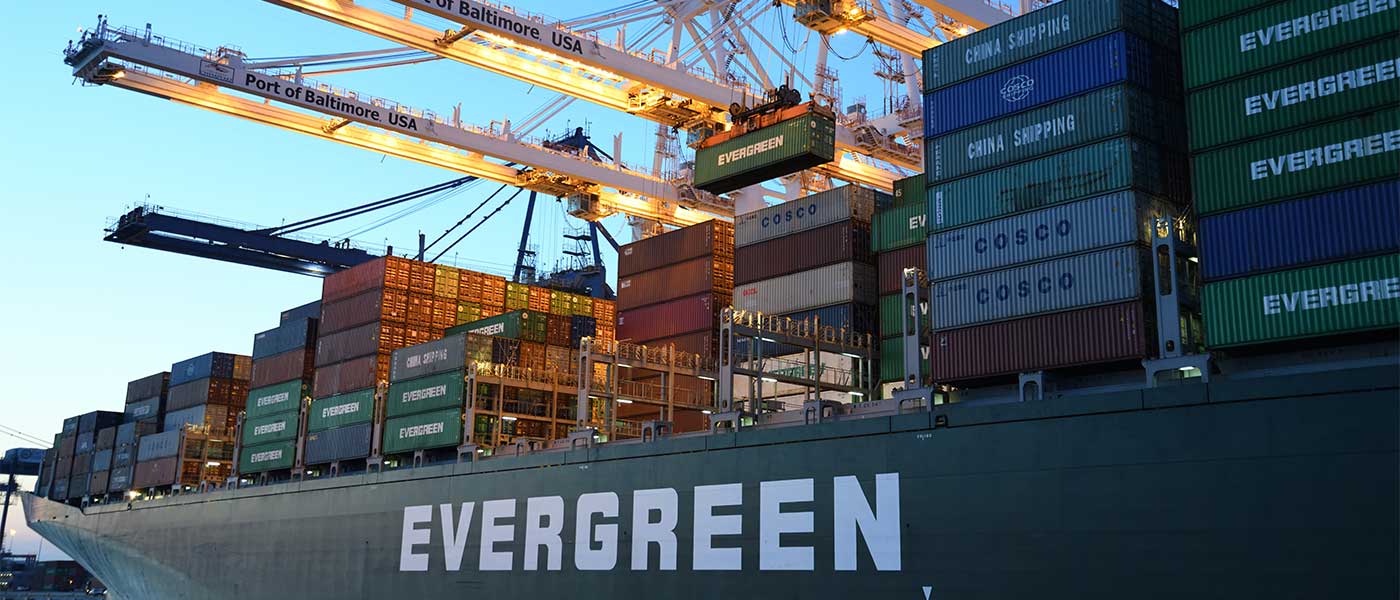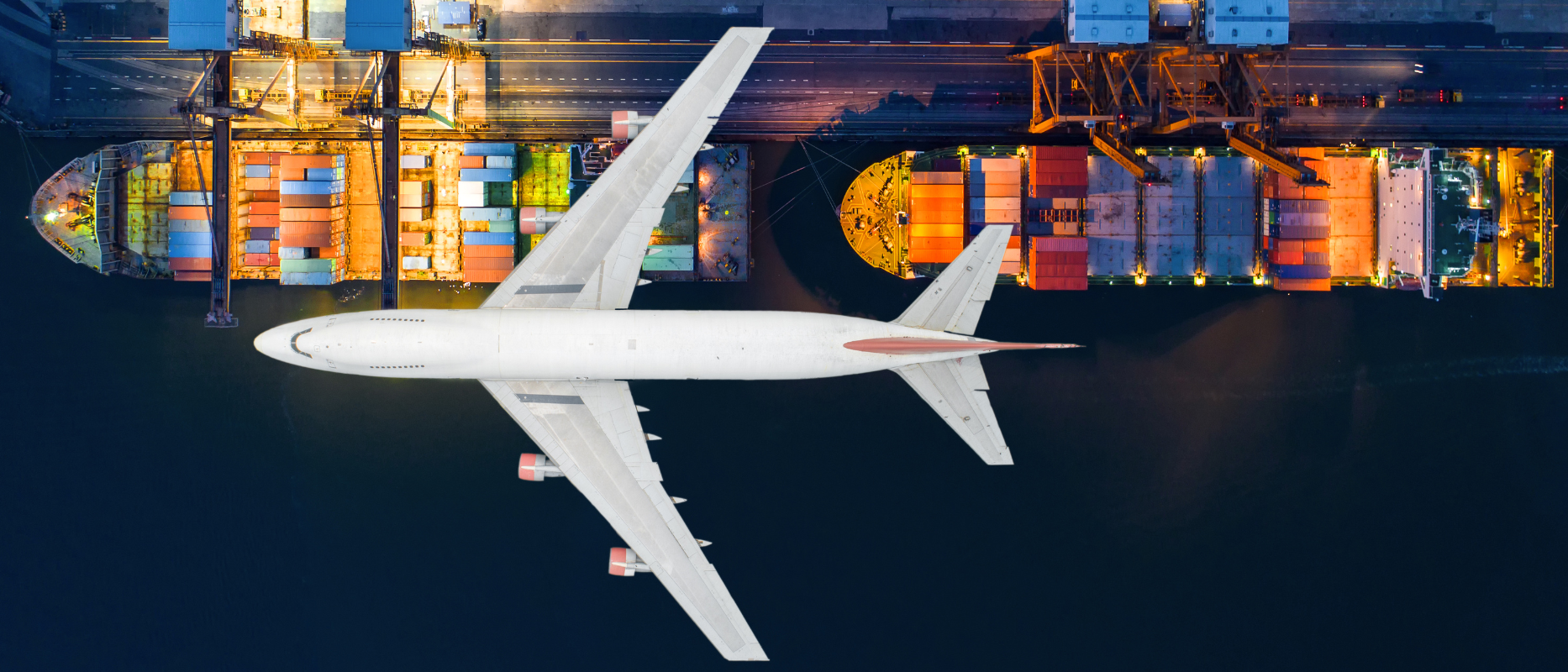The global e-commerce industry has grown by leaps and bounds in the last few years, with especially promising rates of growth coming out of Southeast Asia. Data from the Philippines, for instance, reveals that between 2019 and 2020, the country’s e-commerce market for consumer goods grew from USD 3 billion to USD 4 billion. Experts conjecture that this trajectory will continue upward in the years to come and reach about USD 15 billion by 2025.
The Philippines represents an exciting market for e-commerce companies that has also remained largely untapped until recently. The country is home to over 73 million active internet users, the second largest number in Southeast Asia. Virtually all of these users also maintain an active profile on at least one major social media platform, and many are likely to have accounts on several platforms. This high rate of internet and social media penetration means that there’s no shortage of channels companies can use to communicate with and market to this potentially lucrative audience.
Due to the above mentioned elements and other related factors, e-commerce in the Philippines is currently on the rise, and the industry’s prospects are expected to remain promising well into the foreseeable future. Let’s take a closer look at some of the major factors generating e-commerce opportunities in the country below:
High Internet and Mobile Penetration

As mentioned above, internet use is now a major part of everyday life for millions of Filipinos. This is in part due to the fact that the population is relatively young, with a median age of around 25.7 years. Recent surveys have revealed that Filipino consumers, particularly those from the millennial generation and Generation Z, are likely to spend an average of 10 hours and 56 minutes browsing the internet daily. Most users will spend almost half of that time—that is, an average of about 4 hours and 15 minutes—browsing social media.
For the most part, the Philippines’ rapid and widespread internet penetration can be traced back to the increasing availability of affordable but powerful mobile devices such as smartphones and tablet computers. 98.5% of adult Filipinos own smartphones, in contrast to the 77.3% with regular access to laptops or desktop computers. This mobile-first culture has led in turn to increasing government and private investments in digital infrastructure to improve connectivity across the country even further.
This state of affairs presents exciting opportunities to e-commerce companies seeking to optimize their online shopping processes for mobile-first consumers. Simple user interfaces, fast-loading images, clear and intuitive checkout procedures, and varied payment methods are all hallmarks of a well-conceived mobile online shopping experience. Filipino users are highly likely to look for such features in the online stores and marketplaces they patronize and recommend to others.
Accelerated E-Commerce Adoption Due to COVID-19
The COVID-19 pandemic forced many commercial businesses in the Philippines to reimagine their regular selling operations, often drastically. Some brands, many for the first time, began selling their products out of dedicated online shops or e-commerce marketplaces to make up lost profits and take advantage of the gap left behind by the closure of brick-and-mortar stores. Offering products for delivery or for curbside pickup are just some of the ways businesses saw fit to adapt in light of COVID restrictions.
Online entrepreneurs in the Philippines have also been gaining previously unheard-of levels of traction as a result of the pandemic. A multitude of small local business owners have managed to earn a tidy profit from selling on e-commerce platforms, social media shops, or dedicated online storefronts. Selling via livestream is also becoming an increasingly popular practice among online business owners, and more and more e-commerce and social media platforms are evolving to support it.
While COVID-19 has come under greater control in the country and restrictions have begun to ease, most consumers feel that their regular shopping and buying habits have changed as a result of the pandemic. Up to 73% of Filipino consumers assert that they intend to maintain or even increase their online shopping activity, citing ease and convenience as primary drivers. In response to this steady flow of the demand, it’s only logical to assume that many brands will in turn continue to sell online in the coming months and years.
Increasing Government Support
The Philippine Government has long recognized e-commerce’s potential to help uplift the Philippine economy and provide employment opportunities for ordinary Filipinos. One of the first major steps to support the rise of e-commerce in the country was the Philippine eCommerce Roadmap 2016-2020, developed by the Department of Trade and Industry (DTI) in 2015. The goal of this roadmap was to boost online business activities’ contribution to the national GDP from 10% in 2015 to 25% in 2020. To this end, the government has made concerted efforts to improve internet connectivity, encourage foreign investment in e-commerce, and enhance the commercial viability of digital start-ups.
DTI also recently launched an updated e-commerce roadmap in early 2022. Taking off from the goals and achievements of the prior roadmap, this new scheme includes plans to further promote cashless payments, improve the country’s existing network of ICT services, and train a more digitally literate workforce. Authorities hope that these measures will empower both merchants and buyers, paving the way for a thriving e-commerce sector in the years to come.
At the end of the day, the rising tide of e-commerce in the Philippines doesn’t look to subside anytime soon. Companies seeking to ride this wave can do so successfully by familiarizing themselves with the wants, needs, and challenges of the population—and then striving to provide optimized online shopping experiences that will enable consumers to satisfy those needs with ease.
Tax Laws Every Online Seller in the Philippines Should Know in 2024
Here is a list of important tax laws and regulations issued by the Philippine government that you need to know…
Conclusion
The Philippines boasts a fertile ground for e-commerce, fueled by a combination of rising internet penetration, a digitally savvy population, and a supportive regulatory environment. As these factors continue to converge, the future of e-commerce in the Philippines appears exceptionally bright. By embracing innovative solutions and capitalizing on this ever-growing market, businesses can position themselves for significant growth and contribute to the flourishing Philippine e-commerce ecosystem.











